Cholesterol ester are cholesterol molecules esterified with fatty acids. They represent a form of transport of cholesterol that can be found in up to 75 percent of the blood. Esterified cholesterol is more easily broken down in the liver than unesterified one.
What is cholesterol ester?
Cholesterol ester is a cholesterol molecule that has been esterified with fatty acids. Cholesterol is a polycyclic alcohol, to whose hydroxyl group a fatty acid molecule is attached with the help of an enzyme and water is split off. The cholesterol ester is a form of transport of cholesterol which, as an ester, can also be more easily broken down in the liver.
75 percent of cholesterol occurs in the body as cholesterol esters. It serves as an intermediate product and storage substance in the metabolism of the organism. That is why it is an integral part of human nutrition. The cholesterol esters are mainly found in animal food products. The most common fatty acids found in the cholesterol ester are oleic acid, palm acid, and linoleic acid. The enzyme lecithin cholesterol acyltransferase is responsible for the esterification of cholesterol. This enzyme is located in the HDL particles and also controls the esterification of cholesterol there.
The HDL particles consist of cholesterol, triglycerides and lipoproteins. Bound to the lipoproteins, the water-insoluble cholesterol esters are made transportable and transported from the organs to the liver via the HDL particles. The esterification increases the density of these particles, making them high-density lipoproteins (tightly packed lipoproteins).
Function, effect & tasks
Cholesterol esters represent only one form of transport of cholesterol. They are bound to the lipoproteins in HDL, LDL or VLDL. Cholesterol occurs both free and esterified with fatty acids. However, esterified cholesterol is more easily broken down by the liver. It can be transported very well in the blood with the help of lipoproteins.
Its formation takes place in the high density lipoproteins. These are highly concentrated lipoproteins. The HDL transport cholesterol from the extrahepatic organs (organs outside the liver) to the liver, where it is then broken down into bile acids. The bile acids are excreted into the intestine via the bile and at the same time emulsify the fats, cholesterol and cholesterol esters taken in from food. Over 90 percent of the cholesterol converted into bile acid is converted back into the bloodstream again. Cholesterol and cholesterol esters are the starting materials for the formation of hormones such as sex hormones, mineral corticoids and glucocorticoids (cortisone). They also serve to form bile acids and vitamin D.
Education, occurrence, properties & optimal values
Cholesterol esters are formed in the HDL with the help of the enzyme lecithin cholesterol acyltransferase. The HDL or the high-density lipoproteins are responsible for the transport of cholesterol from the tissues of the body to the liver. This transport is also known as reverse cholesterol transport. Esterified cholesterol can be broken down well in the liver. However, the cholesterol esters can also be transferred from the HDL to the LDL or VLDL with exchange with triglycerides. This is why there are also cholesterol esters in the LDL and VLDL.
In general, HDL is called good cholesterol because it transports cholesterol in the tissues to the liver to be broken down. It was found that the risk of developing arteriosclerosis and cardiovascular disorders is lower with a high HDL concentration. Sometimes even a slight regression of arteriosclerotic changes could be observed. In order to break down cholesterol in the liver, it is first necessary to break the ester bond between cholesterol and fatty acid. A hormone-sensitive lipase is necessary for this. The cholesterol esters ingested with food are broken down into their individual components by a bile salt-activated lipase. This releases both the fatty acids and the cholesterol.
Within a cell, free cholesterol is also esterified by the so-called sterol-O-acyltransferase and converted into its storage form as cholesterol ester. This avoids undesirable effects of free cholesterol in the cytosol. However, accumulations of cholesterol esters in the macrophages or the smooth muscles indicate the onset of arteriosclerosis.
Diseases & Disorders
In the cells, a balance is established between cholesterol synthesis and the release of cholesterol from cholesterol esters. The breakdown of the cholesterol ester is brought about by the so-called acidic lipase. There are two very rare clinical pictures that are associated with the loss of function or with the reduced activity of the acid lipase.
For example, a genetic defect on chromosome 10 affects a gene that codes for acid lipase. If this enzyme fails completely, cholesterol ester can no longer be broken down in the lysosomes. There is a decreased concentration of cholesterol in the cytoplasm of the cell. This breaks the control loop and leads to an uncontrolled production of cholesterol. This also increases the LDL receptor activity. The cell is now overloaded with cholesterol, which ultimately leads to cell death. This disease is usually fatal in early childhood (from three to six months of age). Cholesterol ester storage disease (CEST) is a much milder form of the disease.
The same gene is also affected here. However, the acidic lipase still has a residual function here, so that the disease only affects the liver. Due to this residual function, the breakdown of cholesterol esters can still take place in most cells. However, due to the high metabolic activity in the liver, the slower breakdown has an effect there. Increased concentrations of cholesterol esters are stored in the liver. The disease usually only shows up after the age of 18 with an enlarged liver and an increased risk of developing arteriosclerosis.

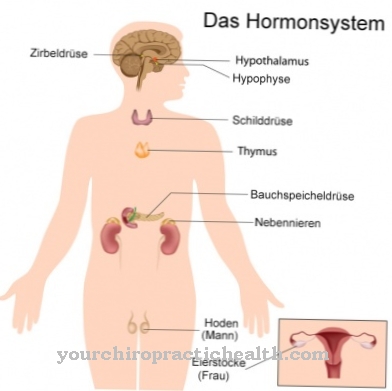
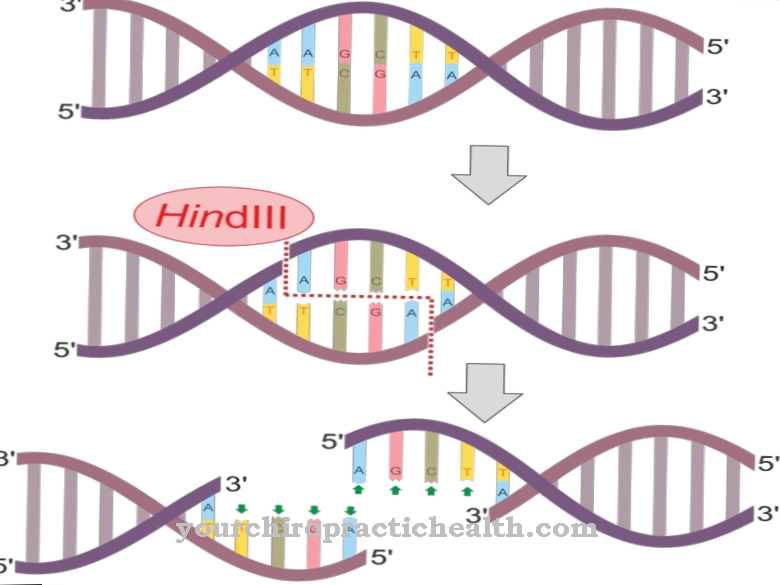
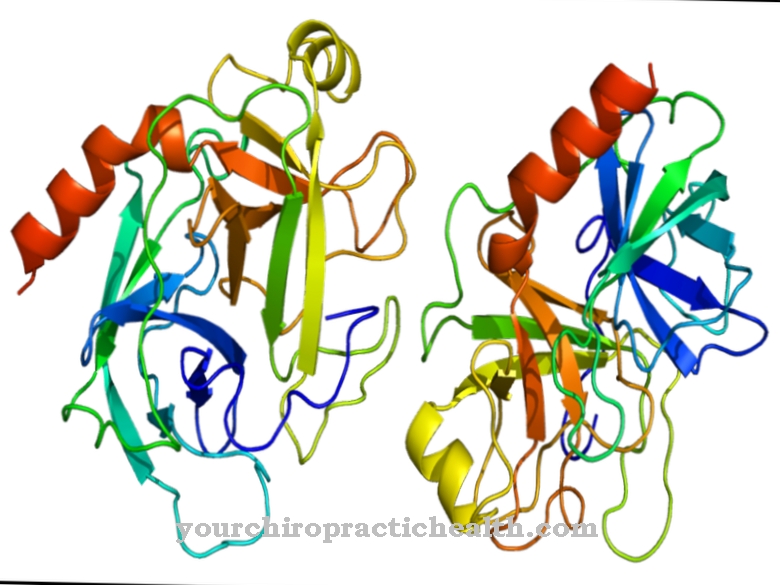
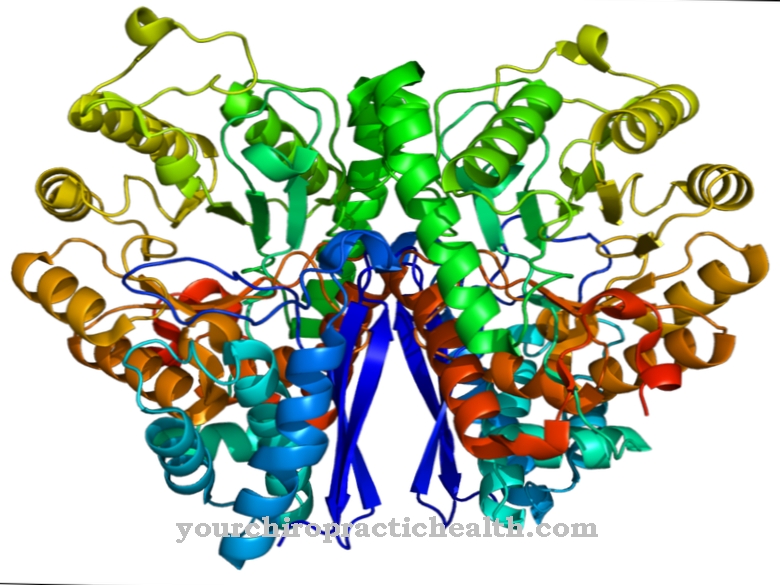

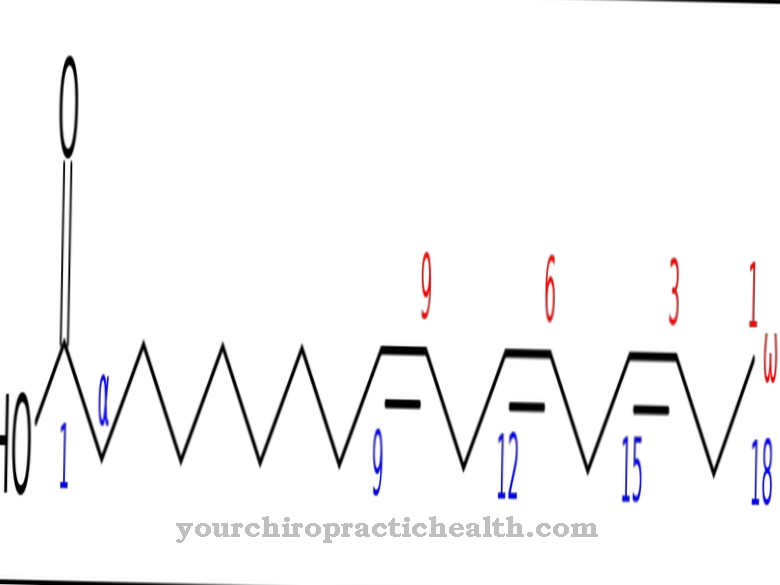





.jpg)



.jpg)










.jpg)
